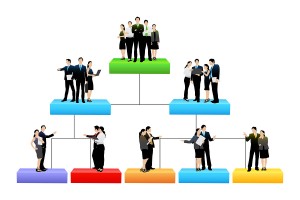
The New Groupthink:
Faulty Brainstorming
I’m raising some questions about the problems with groupthink in teams in this series of posts. Most work gets done by teams, but then some

I’m raising some questions about the problems with groupthink in teams in this series of posts. Most work gets done by teams, but then some

Understanding consensus-driven thinking can help us work more effectively with this leadership style. For leaders who overvalue consensus and unity, conflict is the primary source

Do you recognize consensus-driven thinking? Leaders who struggle to make decisions, especially on issues where the team’s view is split, are likely consensus-driven. Their tentativeness

I’ve been reviewing the history of organizations for a good reason. For a long time now, as a consultant to businesses, I’ve wondered if we

In my work as a coach, I find most of us can’t identify our own thinking styles. We’re too immersed in our behaviors and habits.
What’s your thinking style? Just like we have personality preferences for introversion and extraversion, we also have preferred ways of thinking about a problem. There’s

How do managers bridge the gender gap in your organization? If they are anything like the great managers I work with, they fully support gender

Most employees favor consensus-run organizations, where a leader uses inclusion and feedback to manage democratically. A consensus-style leader is a refreshing alternative to the tyrant

An organization’s health is only as sound as its leader’s decisions. Some companies prosper from wise leadership directions, while others struggle after flawed choices—choices that

How a leader responds to adversity reveals how effective that leader truly is. Reactions to setbacks or crises not only test leadership character but define

Business is an active, demanding endeavor. Only those who consistently apply themselves succeed. Organizations that thrive require leaders who actively dream, plan, engage, solve, pursue,

Surveys and studies indicate global job dissatisfaction is at a two-decade high. Disengaged employees account for nearly 70 percent of the workforce, which significantly affects







